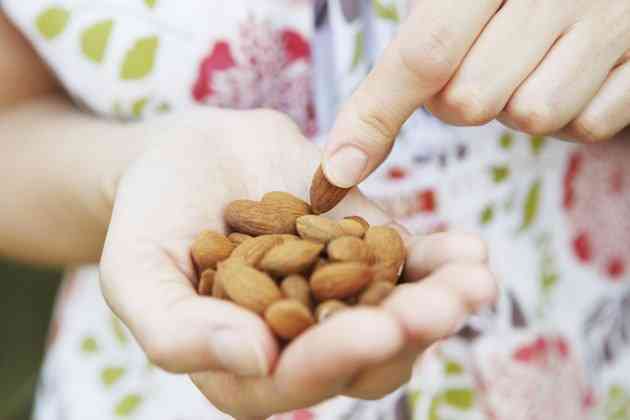Food Sources of EPA & DHA

Omega-3 fatty acids are polyunsaturated fatty acids that are thought to be beneficial for their anti-inflammatory properties. Docosahexaenoic acid, or DHA, and eicosapentaenoic acid, or EPA, are believed to be especially beneficial forms of omega-3 fatty acids. The University of Maryland Medical Center reports that DHA and EPA may be valuable in treating or preventing depression, rheumatoid arthritis, heart disease and other conditions. A diet rich in omega-3 fatty acids should be viewed as a preventative complement to traditional medicine. Consult your doctor before embarking on a diet high in EPA or DHA.
 Fish have high Omega 3 fatty acids. (Image: Image Source/Photodisc/Getty Images)
Fish have high Omega 3 fatty acids. (Image: Image Source/Photodisc/Getty Images)Fish
 Tilapia fish. (Image: hipokrat/iStock/Getty Images)
Tilapia fish. (Image: hipokrat/iStock/Getty Images)The best food source of both DHA and EPA is cold water fatty fish and shellfish. Cold water fish such as salmon, sardines, mackerel, herring, and tuna contain high amounts of these good fats. Freshwater fish, such as catfish and tilapia, contain significantly less DHA and EPA than their cold water fatty fish relatives from the sea. The American Heart Association suggests consuming at least two servings of fish a week, especially fatty fish. They further recommend that children and pregnant women avoid eating fish that may contain higher levels of mercury, such as shark, swordfish, king mackerel, or tilefish.
Seaweed
 Seaweed. (Image: sommail/iStock/Getty Images)
Seaweed. (Image: sommail/iStock/Getty Images)A vegan source of DHA is seaweed, a marine algae, which contains small amounts of DHA. The DHA found in fish is actually the result of marine algae consumption. Because DHA is present in seaweed in small quantities, concentrated supplements from seaweed are used to supply a vegetarian form of DHA. The DHA in algal-oil capsules and the DHA in cooked salmon are nutritionally the same.
Fortified Foods
 Milk. (Image: Purestock/Purestock/Getty Images)
Milk. (Image: Purestock/Purestock/Getty Images)Staple foods such as milk, yogurt, eggs and bread can be fortified with omega-3 fatty acids. These fortified foods are increasingly found on grocery store shelves. According to the Purdue Research Foundation, the omega-3 fatty acids in fortified foods are indeed bioavailable, and these fortified staple products can provide a reliable low dose of omega-3 fatty acids.
Plant Sources of Omega-3
 Flaxseeds. (Image: Sabina Dimitriu/iStock/Getty Images)
Flaxseeds. (Image: Sabina Dimitriu/iStock/Getty Images)The omega-3 fatty acids DHA and EPA are not produced in plants; however, many plants contain the omega-3 fatty acid alphalinolenic acid, or ALA. Flaxseeds, walnuts, and canola oil are all high in ALA. Our bodies can convert ALA to EPA and, to a much lesser extent, DHA. This conversion is relatively inefficient, however, and is dependent on several factors including estrogen levels. The Linus Pauling Institute reports that for healthy young women, approximately 21% of ALA is converted to EPA and only 9% to DHA. Because ALA conversion to DHA is severely limited, foods containing ALA should not be viewed as a reliable source of DHA.




